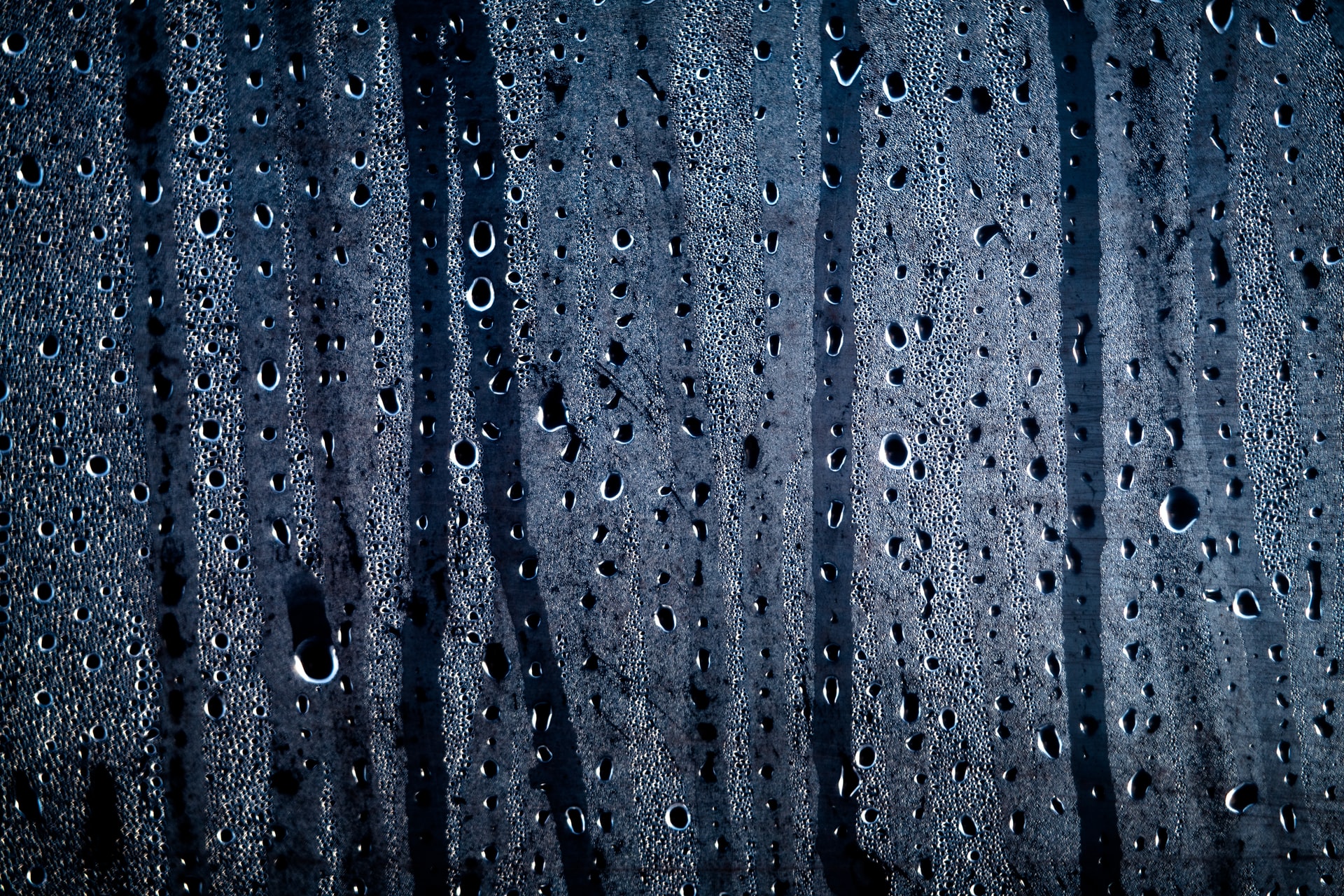How to Renovate a Basement with Moisture Issues
Looking to transform your unfinished basement but worried about moisture problems? Successfully renovating a basement with moisture requires understanding the source of the problem and taking targeted steps to avoid mold, damage, and future structural issues. Here’s a guide on how to assess and address basement moisture for a safe, long-lasting renovation.
Identify the Source of Moisture
The first step is locating where the moisture is coming from.
- Is it appearing on the walls, floors, or both?
- Is it a year-round issue or seasonal?
If you can’t pinpoint the source, consider hiring a professional to assess it. Understanding the cause of moisture is essential in determining if and how you can safely renovate.
Understand How Moisture Affects Your Home
The moisture source significantly impacts your renovation options and the risk of long-term damage. Here’s how various types of moisture influence your renovation:
- Persistent Moisture can lead to mold and long-term structural issues if not properly managed.
- Temporary Moisture may be seasonal but still needs to be addressed to prevent future damage.
Manage External Moisture Effectively
If moisture originates outside the basement (e.g., seeping through walls or rising from the ground), waterproofing measures are essential before starting renovations.
- Wall Moisture: When water seeps through foundation walls, installing drywall or insulation alone will trap moisture and lead to mold. Mold thrives in dark, enclosed areas and can spread into your home’s wooden structure.
- Solution: Apply external waterproofing to seal foundation cracks from the outside and prevent water entry.
- Floor Moisture: Groundwater seeping up through the basement floor can cause subfloor dampness, mold, and structural issues.
- Solution: Install a sump pump to redirect groundwater away from the house and add a waterproof barrier under the subfloor.
Why Professional Waterproofing is Essential
Professional waterproofing might seem extensive, but it’s vital for addressing serious moisture issues. Temporary fixes, like painting walls or sealing cracks from the inside, can actually trap water within the walls, leading to expansion and contraction with temperature changes that can damage the foundation. External waterproofing is necessary for a durable solution.
Handle Interior Moisture (Condensation)
If the moisture results from condensation (common when warm interior air meets cool basement walls), the renovation process is usually straightforward and safe.
- Solution: Dry any existing condensation and install insulation and drywall. Proper insulation prevents warm air from meeting the cool walls, reducing moisture buildup. Insulated drywall also maintains stable temperatures, minimizing condensation.
Key Steps for a Safe Basement Renovation
To confidently renovate a basement with moisture, follow these steps:
- Identify the Moisture Source: Determine if it’s external (groundwater or wall seepage) or internal (condensation).
- Address External Moisture: Use sump pumps and waterproofing for groundwater and seal foundation walls from the outside.
- Control Interior Moisture: Insulate walls to stop condensation from forming.
By targeting moisture at its source, you can confidently create a comfortable, durable basement space free of mold and water damage.
FAQ
That’s a red flag for exterior water intrusion. Renovation is possible, but only after resolving drainage issues, sealing cracks, and possibly installing a sump pump or exterior waterproofing system to handle rainwater infiltration.
You’ll likely need to open up parts of the renovation to assess the damage. Mold, rot, or insulation degradation may already be present. A waterproofing specialist can determine whether repairs or full remediation are needed before rebuilding.
Condensation typically forms on walls evenly and wipes away cleanly. Leaks or seepage tend to leave stains, peeling paint, or efflorescence (white powdery residue). Persistent damp spots in the same location are also a sign of leakage, not condensation.
Yes, if moisture issues aren’t resolved first. Adding insulation and drywall over damp surfaces traps moisture inside, creating a perfect environment for hidden mold growth and structural damage. Waterproof first, then renovate.
In very minor cases, like low-level condensation, yes. But for structural moisture problems, DIY fixes often fail long-term. Professional waterproofing ensures you’re not just hiding a problem — you’re solving it before finishing the space.

 CLOGGED OR BROKEN WEEPING TILE
CLOGGED OR BROKEN WEEPING TILE